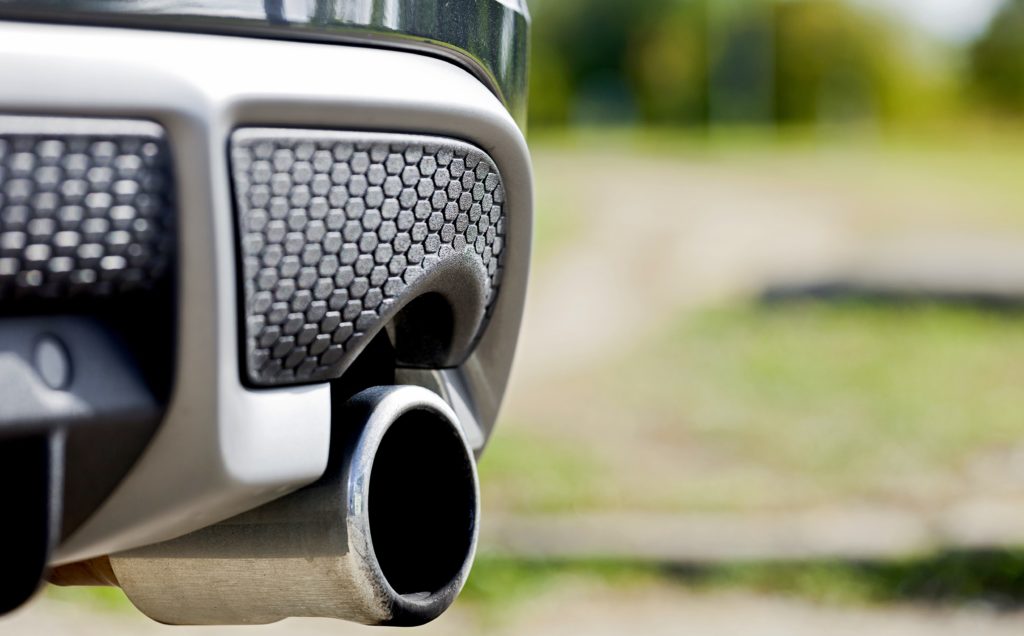A few weeks back you might have seen on the news the introduction of the UK’s first Ultra Low Emission Zone (ULEZ) in London. This got me thinking about areas of environmental law where zoning is used. The designation of a ‘zone’ where the law is different or stricter is a relatively common occurrence in environmental law. Notably, we see it a lot in the UK and beyond, for other areas of environmental management as well as air pollution.
Firstly, let’s first take a look at the ULEZ. The ULEZ is a geographical area, roughly in the centre of London that has placed restrictions on the use of vehicles. It came into force on the 8th April 2019 and covers the current congestion charging zone in central London. On the 25th October 2021 the zone will extend to cover a much greater area.

What Does it Mean?
Vehicles that do not meet the standards must pay a charge for every day that they are used within the ULEZ. The standards vary depending on the type of vehicle used, but for cars the standards are stated below:
- Petrol Euro 4 – generally covers vehicles that have been registered after 2005
- Diesel Euro 6 – generally covers vehicles that are registered after September 2015
You might be wondering what ‘Euro 4’ and ‘Euro 6’ mean. These are standards for emissions that are defined in a series of European Union Directives. For the ULEZ the limits for cars are as follows:
| Emitted Substance | Limit (petrol) Euro 4 | Limit (diesel) Euro 6 |
| Carbon Monoxide | 1.0 g/km | 0.5 g/km |
| Oxides of nitrogen | 0.08 g/km | 0.08 g/km |
| Particulate Matter | No limit | 0.005 g/km |
I imagine that governments see initiatives such as this as a risk-based approach. In this case, there is a huge problem with air quality in central London. Therefore measures have been introduced to cover central London, rather than a broader area.
As with just about everything in life, the use of a ‘zone’ as a means to regulate has it’s up and downs. It is potentially beneficial as it provides regulation where it is needed most, for example in the centre of London where urban air quality is generally poor compared to other areas. However, you might expect that the standards should be ubiquitous and not just apply to the designated area.
Other Legislative Approach to Zoning
There are many examples of where this legislative approach is used. For instance, in regards to biodiversity there are many areas that are designated as they are a rare or sensitive habitat. Within the designated areas there are tighter restrictions in place than normal, with the aim of ensuring that areas are protected. A relatively well-known form of such protection would be Sites of Special Scientific Interest (SSSI). These are sites in Great Britain selected for nature conservation or geological interest, and must be managed effectively and appropriately to conserve special features. To illustrate, this might include limits on grazing animals at certain times of the year, managing scrub on grassland or managing woodland.

Furthermore, there are many other examples of zoning for biodiversity protection at the national, European and international level; such as National Parks, Ramsar (covering protection of wetlands), Special Protection Areas (bird life) or Tree Preservation Orders. A few other legislative approaches that I have encountered during my career include:
- Ground water source protection zones (SPZs) consist of three main zones (inner, outer and total catchment). These are based on travel times of water from a source such as a well, borehole, or spring used for public drinking water supply. Higher risk zones have greater protection and potential polluters are more frequently monitored.
- Nitrate Vulnerable zones (NVZs) are areas that are designated as they are at risk from agricultural nitrate pollution. In England they cover around 55% of all land. Agricultural activities that release nitrates such as fertiliser application and slurry storage are controlled.
- Marine Conservation Zones (MCZs) are created to conserve nationally important marine habitats, geology and geomorphology. Specific rules apply for each site based on conservation objectives.
- Limestone pavement orders (LPOs) – limestone pavements are a rare formation that consist of a flat area of limestone, or weathered limestone that is exposed to the surface that almost resembles paving blocks. Once an LPO is designated then it is an offence to remove or disturb without reasonable excuse.

Conclusion
As a competent environmental practitioner it is important to do your homework. Knowing what zones exist at the site(s) you are working on is imperative, as the rules can be different to what you would normally encounter.
–
John Binns BSc (Hons), MSc, MSc, MIEMA

With over 19 years’ experience working in environment management, John Binns BSc (Hons) MSc MIEMA is an experienced environmental tutor and consultant with knowledge of health and safety management.
